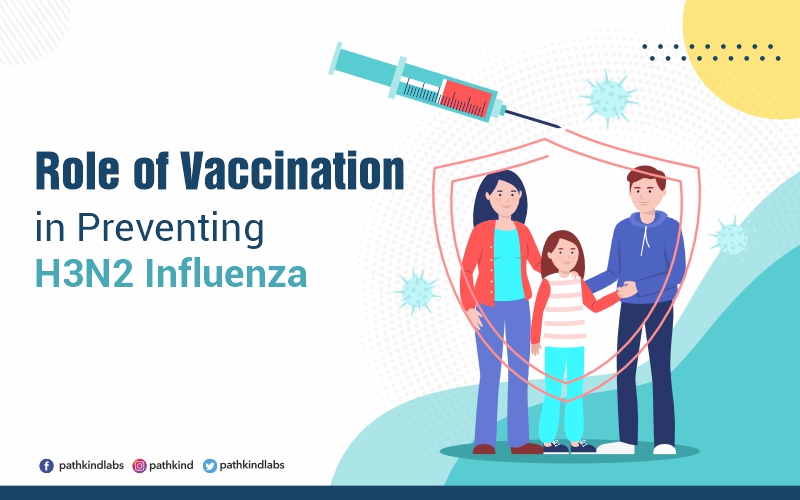H3N2 Real Time PCR
Gender for Male, Female
Report Tat
Mon, Wed, Fri 8...
No special preparati...
Sample Type
Nasal/ Throat/ Nasop...
Test Overview
H3N2 Real-Time PCR Test
The H3N2 Real-Time PCR test identifies the H3N2 flu virus in the human blood or body. The test's exceptional sensitivity and accuracy is a notable leap from older PCR methods. Unlike its predecessors, it enables continuous tracking of DNA amplification, yielding quicker and more precise outcomes. Real-time monitoring during amplification ensures dynamic and accurate measurement of virus quantity. A key perk is the test's high accuracy in distinguishing various influenza types. This aids in tailoring treatments and implementing precise public health measures during outbreaks.
Labs
Doctors
timely reporting
of Tests
Test Details
Frequently asked questions
The Real-Time PCR test provides continuous monitoring, ensuring faster and more precise results compared to conventional PCR assays.
No, this test specifically targets the H3N2 subtype, offering high specificity for accurate diagnosis and tailored treatment.
Real-time monitoring allows for dynamic assessment of viral load during amplification, minimising the risk of false positives or negatives.
By differentiating between influenza subtypes with high specificity, the test aids in implementing targeted interventions and designing effective vaccines.
No, in addition to clinical use, this test plays a crucial role in epidemiological surveillance and research to understand the prevalence and evolution of the H3N2 strain.
Yes, its rapid and accurate results make it suitable for routine screening, enabling timely intervention and containment measures.
By providing real-time data on influenza dynamics, the test contributes to the design and development of proactive and effective vaccines.
The test is susceptible, enabling the detection of low viral loads, making it a reliable tool for early diagnosis.
While designed for H3N2 influenza, the technology behind Real-Time PCR can be adapted for various infectious diseases with specific target sequences.
The test enhances global surveillance by providing real-time insights into the prevalence and spread of the H3N2 strain, contributing to a more proactive approach to influenza control.

















